Preparing for Father's DayJune is coming and this is a time for celebrating Father's Day with dads and other special men. This can create a wide range of emotions for kids. Celebrating our fathers and spending time thinking about them and all they mean to us is easy for most of us, but there are many situations where it is not as easy, and it can even be traumatic. Does this mean that we shouldn't do things to recognize fathers? I guess that is a question for each teacher to decide. For me, I still think it is important, although I do think it can be approached in a more inclusive way. There are often situations where the father is not part of the family unit. In these cases, there are possibly other men who fill some of that void and act as a father figure. They could be uncles, step dads, foster dads, grandfathers, a family friend, teacher, even an older brother. These special men could be celebrated on this day and recognized for all they do. Sometimes the relationship between a father and child is not good. The child may not feel comfortable creating something for the father. Maybe there could be some choice as to whether to do something for another special person, or to create something more generic. It is up to you as the teacher to help the child to feel comfortable during the activity and sometimes this may be differentiating in a unique way for individual children. Ultimately, we want to be able to celebrate people for how they positively impact our lives. During discussions with our students, this can be a focus. Gratitude is very important to understand and teach. This is one of the ways we can do this. In a "Me" world, it is necessary to actually help kids understand the importance of thinking about others and being grateful for all we have and for all that others do for us. Some Father's Day Ideas That Celebrate Special MenIf you are making a gift, it can be used for anyone if it doesn't have the word "father" or "Dad" on it. You could create cards for special people and leave out "Happy Father's Day". You could do writing activities that are about special people and what makes them special. You could do acrostics using different words that fit the special men in their lives. Father's Day cards are always a hit. I have created a couple of different packages of cards. Father's Day Cards and Posters Father's Day Cards For Dads And Other Special Men Related Posts
0 Comments
Preparing For The End Of The YearThe end of the year is quickly approaching and there are many different emotions happening for teachers and students. Some people are looking forward to the school year being over and others are dreading it. Some are anxious because they have so much more to cover and so little time to do it. Others are trying to fill the days with activities that keep kids engaged as their attention wanes. I remember being in the staffroom as the year was ending and there were countdowns on the board. One teacher used to have a roll of toilet paper with the number of teaching days on it. She would tear off a page each day. I was one of the ones who wasn't counting the days because there were so many things I still wanted to accomplish before the year ended. It wasn't just curriculum, but other activities. I felt rushed when I saw the days counting down. As much as I was looking forward to a summer break, I didn't want the year to end because it meant saying goodbye to my students. How Summer Activities Will Help Avoid Bigger Learning GapsIt is a different situation this year because teachers are so burnt out dealing with the challenges of teaching during a pandemic. Not only have they been juggling the online/in person situation, they are dealing with the realities of all the academic challenges that have faced them this year. I was fortunate enough to be able to finally go in and help some students last month. I saw some of the challenges first hand as teachers struggled to meet the wide range of academic and social needs of the kids. It was very evident that distance learning worked well for some and didn't work at all for others. In order for the gap to close, it will be important for learning to continue throughout the summer break. The reality is that for some kids, this is not going to happen. The gap will be even greater in the fall when they return to school. This means that we will have to look at our teaching with a different lens. We can't just teach to the curriculum or the test. Too many students will be left behind if we do. Last week I talked a bit about using differentiation and accommodations in the classroom to help students to move towards the levels needed and expected for their grade level. This week I would like to talk more about what kinds of things can be done to help kids continue learning throughout the summer. I realize that some school districts are finishing up now and others have another few weeks to go, but in my mind, it is never too early to think about ways to extend learning. How Summer Slide Can Be Avoided With Real Life ActivitiesI strongly believe that the best learning happens when it is connected to real world situations and daily life experiences. That is one of the reasons I tend to use projects for some of my assignments throughout the year. I also think kids need to know why they are learning different skills and concepts. When they are given real life examples, they can see the purpose in what they are learning and it will make more sense to them. Technology is like a two-edged sword. Although it is great for many things, it also has negative side effects when used too much, especially by kids. It can cause a lack of attention to things happening around them, and it can interrupt potential in-person social connections. Communication and partner activities can also be affected. I think that the summer time is a great time to unplug and get outdoors. The weather is generally better and the days are longer. There are so many different activities that can be done outside. It is not necessary to take a vacation in order to have fun. There are lots of ways to enjoy learning and doing just where you are. Tips For Summer LearningLast year, I focused on the various subject areas and gave some suggestions and tips for how to continue learning during the summer. You can check them out for more ideas. Tips For School And Home: How To Help Primary Kids With Language Arts Tips For School And Home: How To Help Primary Kids With Math Tips For School And Home: How To Help Primary Kids With Science Tips For School And Home: How To Help Primary Kids With Social Studies Tips For School And Home: How To Help Primary Kids With Social Studies Part 2 Tips For Summer Support: How To Help Primary Kids I hope you will find some time for yourself as you prepare for the end of school and summer break. Hopefully, you will find some helpful tips here to make summer learning work for your students. Related PostsTeaching Has Been ChallengingTeaching during a pandemic has been challenging for teachers. They have been struggling to meet the needs of their students during a time of constantly changing teaching situations. Some teachers are still teaching remotely while others are teaching in-person or doing a combination of the two. Kids are struggling or flourishing or somewhere in between. This leads to a huge range of learning needs in a classroom. Teachers are looking forward to the end of the year and a break from all of this. However, it is important to think about how things may be different when school resumes in the fall. The Need For More Differentiated TeachingAs we start to move forward from the pandemic and head towards a more "normal" classroom situation, it is really anything but "normal". There are huge learning gaps for some kids and yet the expectations are the same for them to be functioning at "grade level". In order for this to happen, we will need to make many adjustments and accommodations in the classroom and in our teaching. The need for differentiated teaching will be much greater as we help our students move towards grade level expectations again. It is important that we continue to keep working towards this and not lower our expectations because of the wide range of needs in the classroom. We will need to be flexible in our teaching to make sure that we are able to accommodate the learning needs of all our students. I recently listened to a couple of podcasts from a fellow Canadian teacher, Patti of Madly Learning, that hit home with me. Here are a couple of nuggets from her podcasts. Instead of saying "this is too hard", say "our students are not ready yet, but they will get there". "Accommodations are when we are changing how a student is completing their work. It is different from modifications because we are still expecting students to complete the same level and complexity of the work as another student. We're expecting students meet grade level targets and demonstrate grade level knowledge and understanding of concepts but how they get there is different from other students." She also used the analogy of a platform being the grade level target and ladders being the means to help get the students there. She emphasized that we not lower the platform, but that we meet them where they are and give them the ladders they need to help them get where they need to be. I have been an advocate of differentiated learning and accommodating choice to best highlight a student's knowledge and understanding for a few years now, and I saw much success when I implemented this into my teaching. I realized early in my teaching career that teaching whole class lessons worked for some kids, but left others either lost and overwhelmed or bored and inattentive. This led to developing small group activities and lessons that still focused on the skills and concepts required, but made it more appropriate for the needs of the kids. Most Classrooms Are Academically DiverseNowadays, there are often split classes with two grades combined. Here is a possible scenario from a late primary class. In the same class there are students who are struggling with phonemic awareness and connecting sounds and written language, students that are emergent readers with simple decoding skills and reading abilities, students that are reading beginning chapter books, and students that are advanced readers that can handle novels and nonfictional material with ease. The writing abilities are widely different as well. Some are still writing simple sentences with little or no detail and description. Some are struggling to get started because they are unsure of how to spell words. Some are writing detailed and descriptive stories. These same children have varying levels of competency with math concepts ranging from simple number recognition to more complex computational skills. They may be strong in math but struggle in reading, or they may be strong in reading, but struggle in math. Perhaps they are strong in both subject areas or weak in both subject areas. Obviously, these strengths or weaknesses can carry over into other areas of the language arts, social studies, and science. Now, imagine having to cover a set curriculum for all of these kids with the wide range of readiness skills that they have. No wonder teachers are stressed out. Differentiation Is Essential For SuccessDifferentiation will not only be helpful, it will be essential in situations like the one above. We can no longer do whole group lessons and expect that this will meet the needs of all the students. Some will be totally lost, and others will be bored because they need more of a challenge. Only some of the kids will benefit from the lesson. It is possible to do some whole group instruction, but it will need to have differentiated activities and extensions to go along with it in order to meet the needs of all the kids. This differentiation can be small group activities, one on one support, hands-ons practice, extra research activities, etc. The topic, requirements, and specific student needs will dictate how best to differentiate the lesson. The goal is to ensure that the students can understand the concept taught and use the skills practiced. They will also need a way to share their knowledge and understanding. This could be in a wide range of different means that will best suit their individual strengths. Provide A Solid FoundationMatching up lessons and curriculum requirements can be tricky, but it can be done if we look at the overall big picture and what is most important. From there, different activities can be provided to include these big ideas in a way that helps all students to participate and gain a better understanding. In my opinion, it is more important to make sure the students understand the concepts first before moving on to new material or concepts. Otherwise, we are leaving them feeling overwhelmed and frustrated. We still want them to learn the more complex material, but it will need to have a solid foundation in order to truly be applied. I worked with several older students supporting them in math prior to the pandemic. It was amazing to see how weak they were with basic computational skills. They were unable to do the work given in class because they didn't really understand the basic concepts needed to complete the work. Once we spent time solidifying the basic skills, they were able to move on. They started to feel confident and they were more willing to attempt new concepts. This may mean that it will take a bit longer to get to the more complex concepts and skills, but kids will be more successful when they are introduced. Make Accommodations Based On Student NeedsI have always been a big advocate for hands-on learning. If we focus on the concrete first, when we move to the abstract, it will make more sense. This is particularly true with math. Even older students sometimes need to have some hands-on experience in order to understand the concepts. With basic facts, I often used dice or base ten blocks to help with the visualization of the concept of making tens, adding, subtracting, grouping, etc. From there, I would focus on the more abstract concepts of math. Some kids were able to make the transition easily and didn't need the visuals to be successful. Others needed to continue to use visual cues to fully understand the concepts. That's okay. Some people are visual learners and that works well for them. It is important to know your students and make your accommodations based on what they need. Giving kids a solid foundation in math when they are young will help to make sure that they are ready for more complex and abstract situations that they encounter in the real world. Guided reading was my go to with reading and the varying levels of kids. This allowed me to work with specific concepts and ideas that were tailored to the needs of the kids in the different groups. Through rotations and small group activities, those who needed more one on one support got extra teaching time and the others got to do activities that extended what they were working on. I have shared how I ran my groups and how you can set up guided reading in the primary classroom in previous posts. For social studies, I created projects that allowed the kids to show their learning in a variety of different ways. This gave those who struggled with reading or writing, but were strong in other areas, a chance to shine. It was amazing to see them share their knowledge with pride and confidence when they did things this way. The hands-on nature of science through experiments and observations also works well and requires less differentiation. Working in pairs often helps when recording information or reading instructions is necessary. One can help the other with this. There can also be some choice and differentiation here for some situations. My solar system project is a good example of this. In-class science fairs, where kids can have choice of projects or experiments to investigate and share, is another great way for kids to share their knowledge and understanding of scientific concepts. As you think about next year and the demands that it may have due to the gaps created during the pandemic, I hope some of these suggestions will help you with your planning. I wish you the best as you near summer break and a well deserved rest. Related PostsLife Sciences StudyStudying life cycles is fun to do in the spring. These can be plant or animal life cycles, depending on the interests and availability of resources. I am going to share a couple of different life cycle activities and an animal research project that I found successful and exciting for my students. Plant Life CyclesPlant life cycles are fun to do because kids love to watch a seed become a plant. When a vegetable seed is used, they can eat the vegetable when it is ready. They can also take the seeds and use them to start the cycle over again. Bean plants are great to use because they grow fairly quickly and the various stages are easy to see. There are different ways to watch the changes, but a couple of ones I found worked well are the baggie and wet paper towel version and a CD case version. Both versions make it easy to see the seed sprout and the roots develop. When leaves start to develop, the seedlings can be planted in a pot to continue growing. If you are interested in recording observations, I created this journal for my students to use and it has been popular with many other teachers as well. I also did a plant investigation product about what plants need. Check them out here. Butterfly Life CycleButterflies are fun to watch as they emerge from the chrysalis. I remember studying the butterfly life cycle with my students. They were in awe of how a caterpillar could become such a beautiful creature. We ordered Painted Lady larvae and then watched them as they moved through the life cycle. We then released the butterflies into the schoolyard. Painted lady butterflies are found all around the world. They take only a few weeks to go from egg to butterfly so they are great to study in a classroom situation. Here is a new resource that relates to the butterfly life cycle and includes some interesting facts, posters, and activities. Other Life CyclesThere are many other life cycles that can be explored. Several of my colleagues have studied the life cycle of a chicken and a salmon. I didn't do these myself, but I did have my classes connect with those that were studying these life cycles and this allowed for some great conversations and opportunities for the other students to share their knowledge. They enjoyed seeing the baby chicks running around the classroom. Animal Research ProjectAnimal research was a big hit with my students. They were able to find out basic information and interesting facts and then use the information to create a powerpoint of their animal. Check out these templateanim One of the most difficult parts of this research was learning to write down the main ideas in point form and use their own words when creating the project. I was really impressed with the powerpoints that they created once they understood this concept. These are just a few of the different activities that can be studied when learning about life cycles and habits of plants and animals. Kids love investigating the world around them, so the hands on nature of these studies will engage them. I hope you have as much fun as they do as you study plants and animals. Related PostsCombining Geometry And MeasurementGeometry and measurement activities can be fun to combine in outdoor experiences for practical applications and real life examples. This is another way to take learning outdoors during the warmer weather. Learning How To MeasureFirst, it is important to learn how to measure with standard units of measure. This may be customary units or metric units, depending on what is standard where you live. If you are looking for some anchor charts or guides to help with this check out my measurement category. There are so many different ways to have fun learning to measure items. Here are a few ideas. Are you a rectangle or a square? Is your arm span equal to your height making you a square, or is it shorter or longer making you a rectangle? I love using this activity as a family activity for student led conferences. Who can find the most? Use a measuring tape and try to find as many items as possible that are 10 cm or 4 inches long in the classroom. This can be a group or partner activity. How much does this container hold? Have an assortment of containers of different shapes and see which hold the most liquid. This can be a fun way to guess liquid volumes. Which weighs more? Use a scale and measure different groups of objects to see which are heavier. These could be classroom objects such as books, blocks, or backpacks.
Once they are comfortable with measurement units and how to use them, it will be time to add in another component. Learning about perimeter and area is an important skill and a great tool for taking outdoors for practical applications. Start with practicing how to calculate perimeter and area of objects and show how they got their answers, Use examples on paper and work with graph paper to help distinguish given measurements. After they practice with scaled drawings, it would be fun to try doing larger measurements outside. As an extension, they could also use graph paper and learn how to measure the school yard, the building, the playground, the fenced area, etc. and record it on the graph paper. Geometry In The EnvironmentIt will also be necessary to do some work with geometry activities to prepare for outdoor applications. It is important to be able to recognize 2D shapes and 3D shapes. Once the shapes are identified, then activities can be done to find them in the environment. These can be matching activities, bingo, geometry building activities, and even geometry worksheets. If you are looking for some resources to help with this, check out my geometry category. Once the kids have an understanding of the basics of measurement and geometry, it is time to put it all together and take it outdoors. For most of the measurement situations, linear measurement will probably be used, but it is possible to do some mass or volume as extensions if wanted. You can have some specific geometry and measurement tasks ready, but it might also be fun to have the kids choose some of their own to try. The goal is to help them to see ways to use geometry and measurement skills in the real world, so if they are able to create some of the tasks, this is a great way to see if they have mastered the concepts. Have fun taking math outdoors. I would love to hear about your adventures. Related Posts |
About Me Charlene Sequeira
I am a wife, mother of 4, grandmother of 9, and a retired primary and music teacher. I love working with kids and continue to volunteer at school and teach ukulele. Categories
All
|
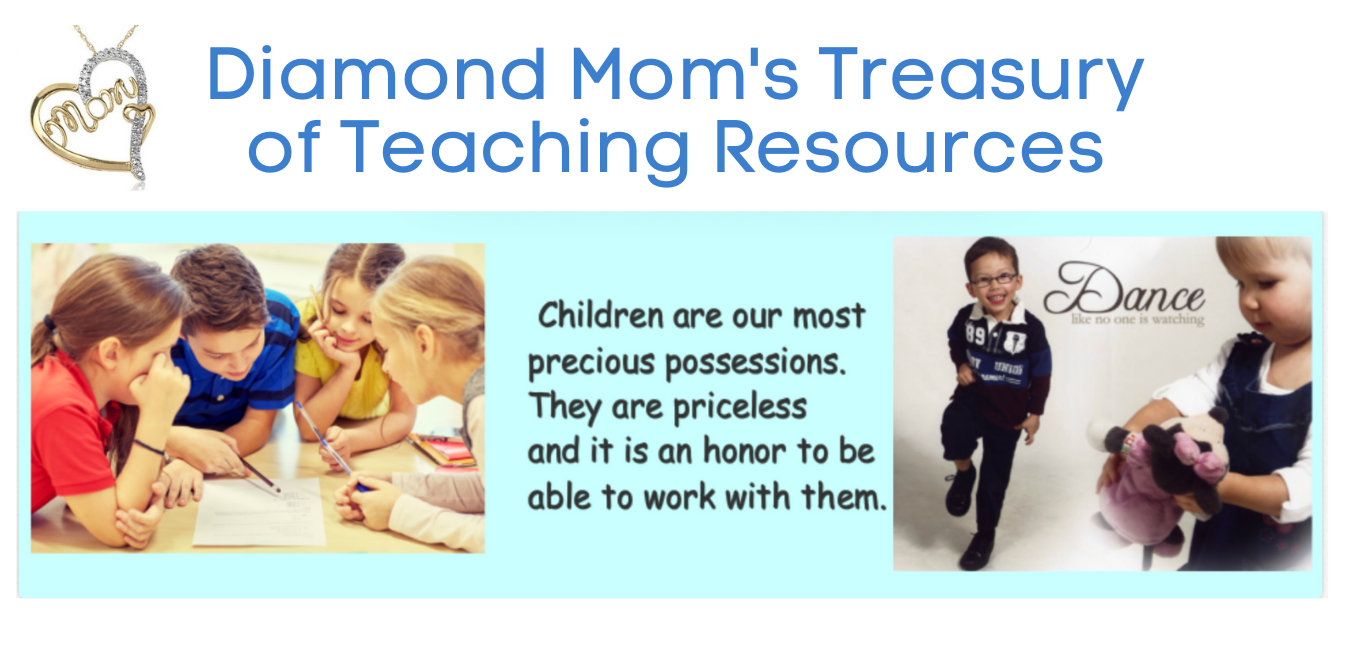




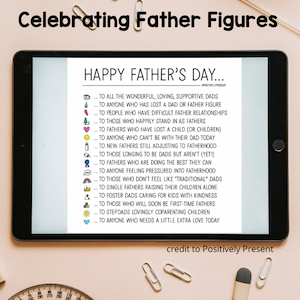


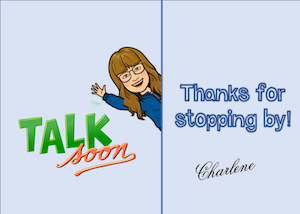
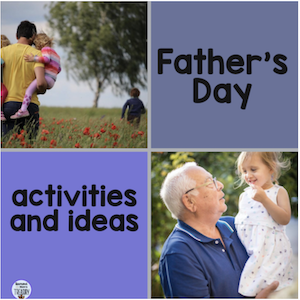
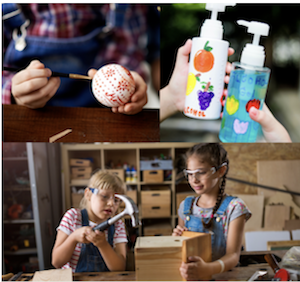
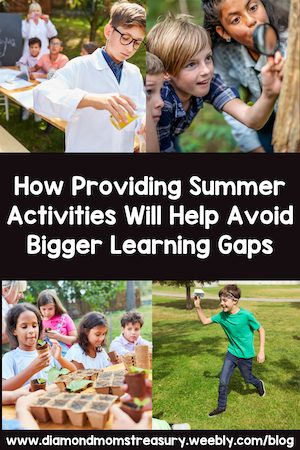
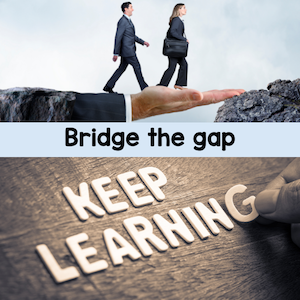
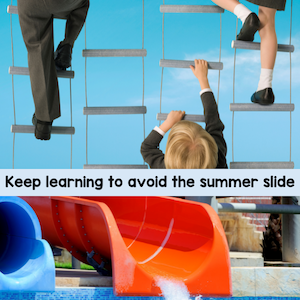
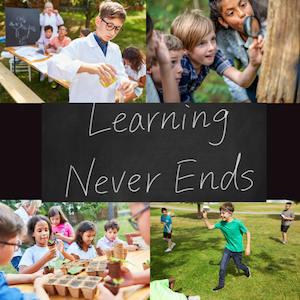
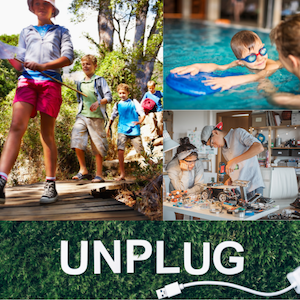
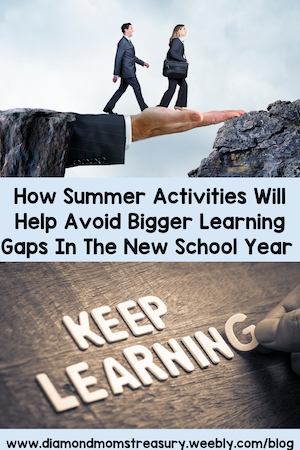

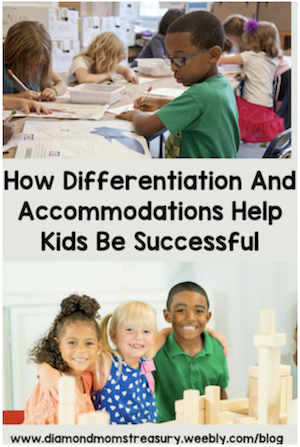
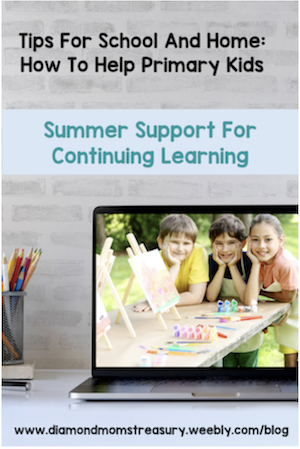
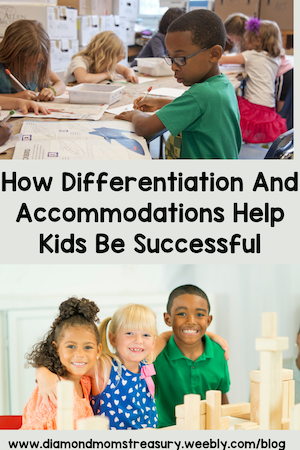
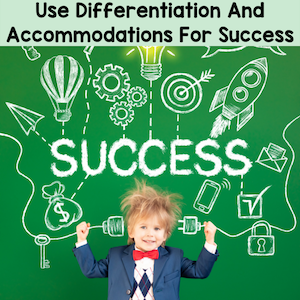
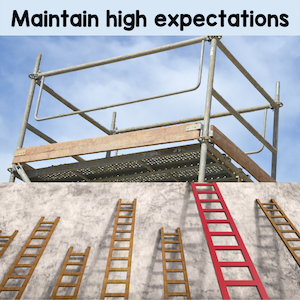
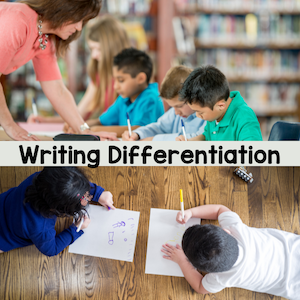
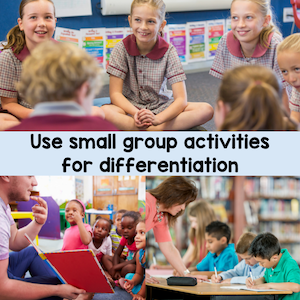
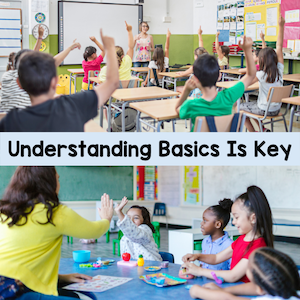
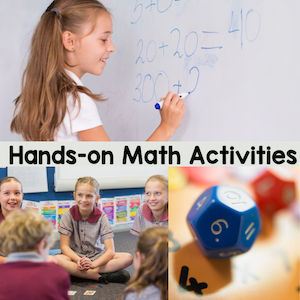
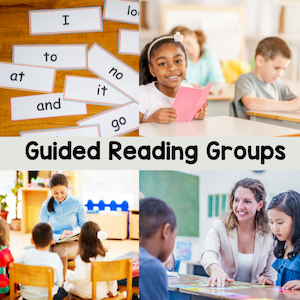
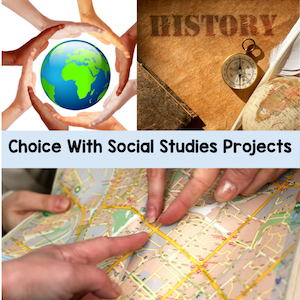
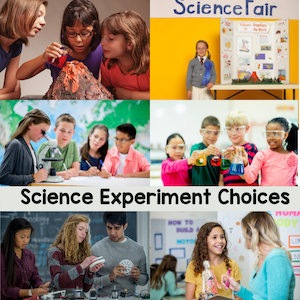

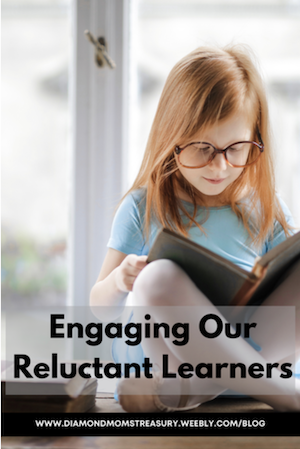
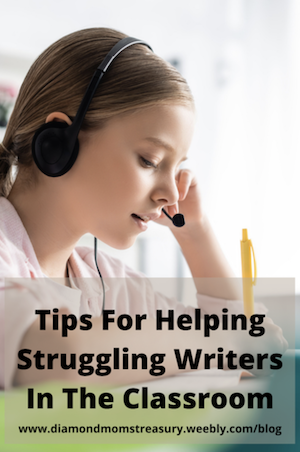
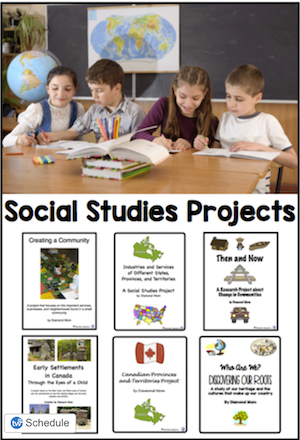
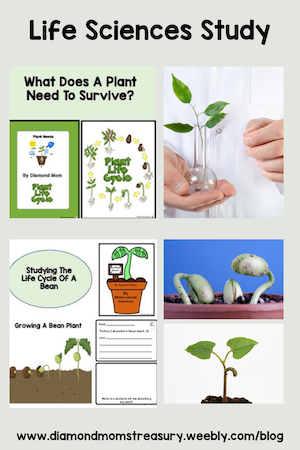
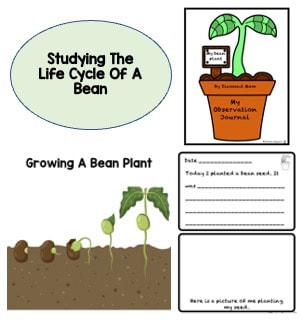
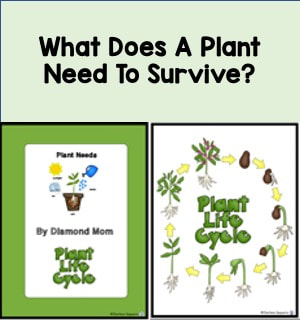
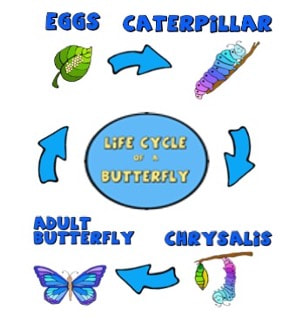
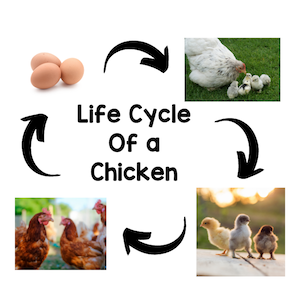
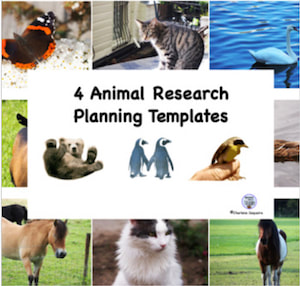


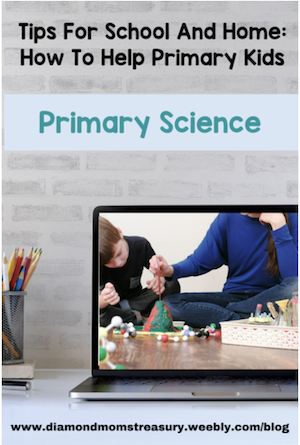
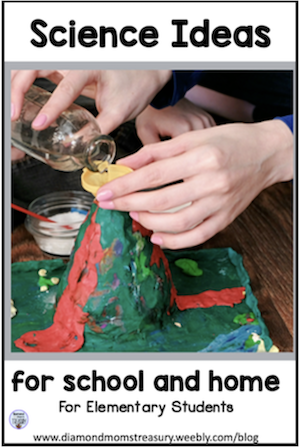
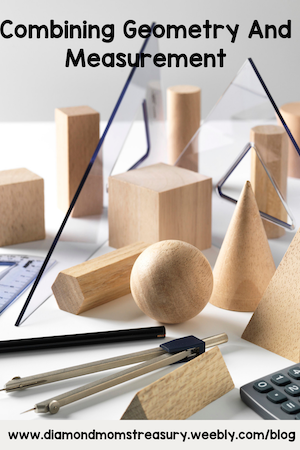
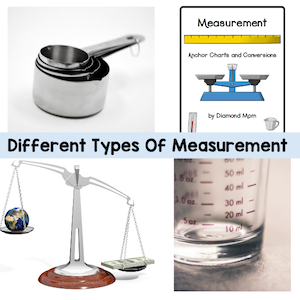
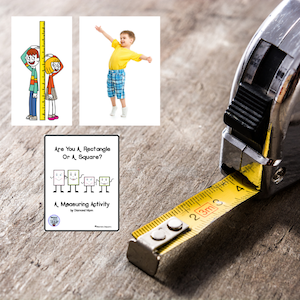
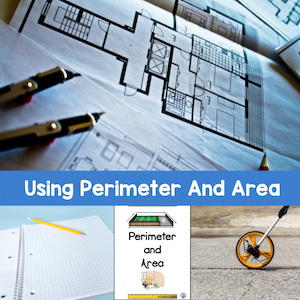
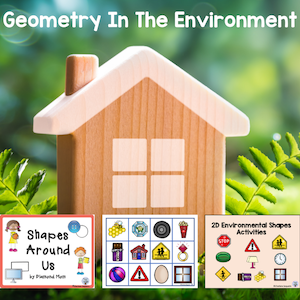
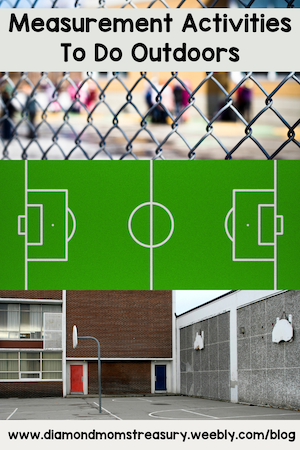

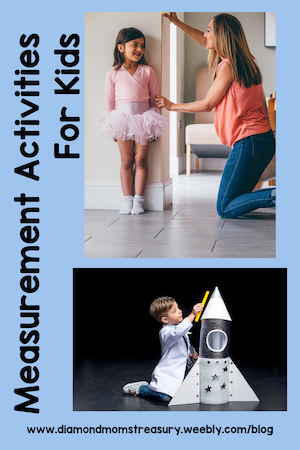
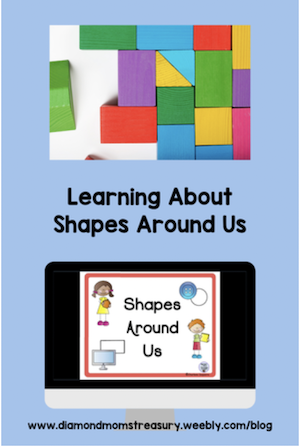



 RSS Feed
RSS Feed